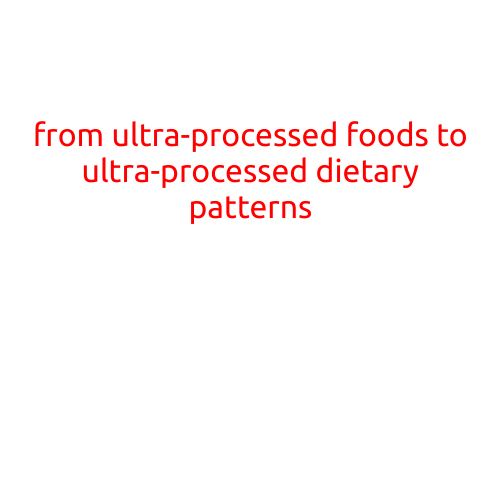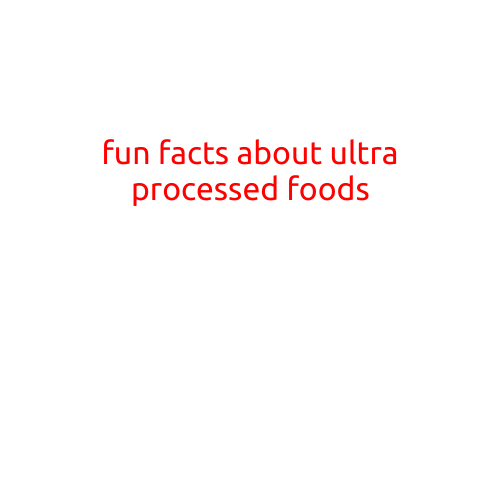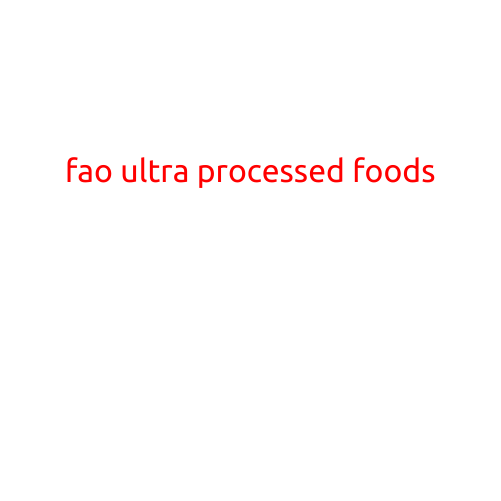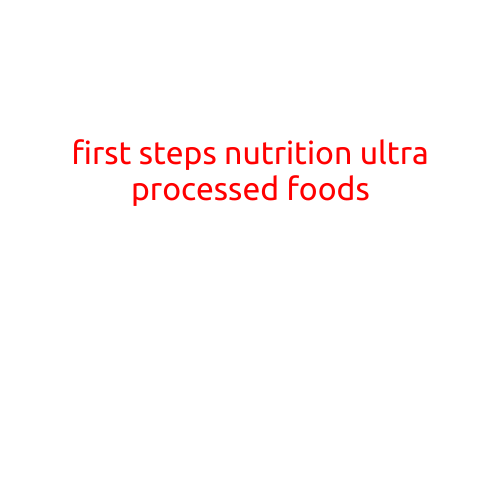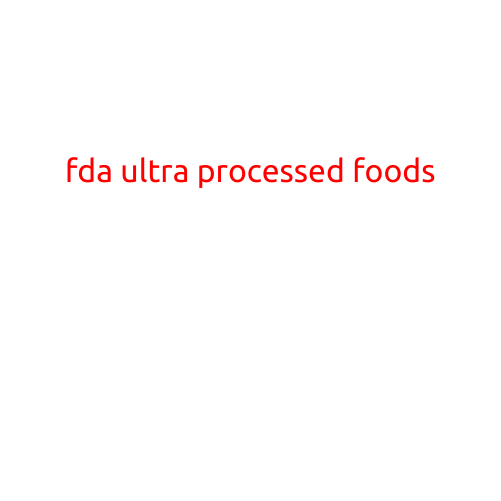
FDA Definition of Ultra-Processed Foods: A New Era in Food Regulation
In recent years, the debate surrounding the impact of processed foods on public health has intensified. As consumers become increasingly aware of the potential risks associated with processed foods, governments and regulatory agencies are taking notice. In the United States, the Food and Drug Administration (FDA) has weighed in on the issue, defining ultra-processed foods and establishing guidelines for their labeling and regulation.
What are Ultra-Processed Foods?
Ultra-processed foods are defined by the FDA as foods that have undergone significant transformation from their natural state, using a combination of industrial processes such as sugar and salt addition, frying, extrusion, and packaging. These foods are characterized by the presence of processing aids, such as preservatives, flavor enhancers, and coloring agents, which are added to extend shelf life and enhance taste and appearance.
Examples of ultra-processed foods include:
- Ready-to-eat meals, such as microwaveable dinners and TV dinners
- Processed meats, such as hot dogs and sausages
- Sweetened beverages, such as soda and energy drinks
- Refined grains, such as white bread and sugary cereals
- Fried foods, such as French fries and potato chips
- Snack foods, such as crackers and cookies
Criteria for Classifying Ultra-Processed Foods
The FDA has established the following criteria for classifying a food as ultra-processed:
- Refined or chemically processed ingredients: The food contains ingredients that are refined or chemically processed, such as sugar, salt, and vegetable oils.
- High amounts of added sugars, salt, and unhealthy fats: The food contains high amounts of added sugars, salt, and unhealthy fats, such as trans fats.
- Presence of processing aids: The food contains processing aids, such as preservatives, flavor enhancers, and coloring agents.
- Lack of whole grains: The food contains little to no whole grains or whole grain flour.
- Low nutrient density: The food is low in essential nutrients, such as vitamins, minerals, and fiber.
Implications for Public Health
The FDA’s definition of ultra-processed foods is significant because it highlights the need for stricter regulations on the production, labeling, and marketing of these foods. Consumers are often unaware of the extent to which their diets are dominated by ultra-processed foods, which can have serious consequences for their health.
Consuming high amounts of ultra-processed foods has been linked to a range of health problems, including:
- Obesity and weight gain
- Type 2 diabetes
- Cardiovascular disease
- Certain types of cancer
Conclusion
The FDA’s definition of ultra-processed foods represents a critical step forward in the fight to protect public health. As consumers become increasingly aware of the risks associated with ultra-processed foods, it is essential that regulatory agencies take bold action to regulate their production and marketing.
By establishing clear guidelines for labeling and regulation, the FDA can help consumers make informed choices about their diets and reduce their risk of chronic disease. It is only by working together that we can create a healthier food system for all.
